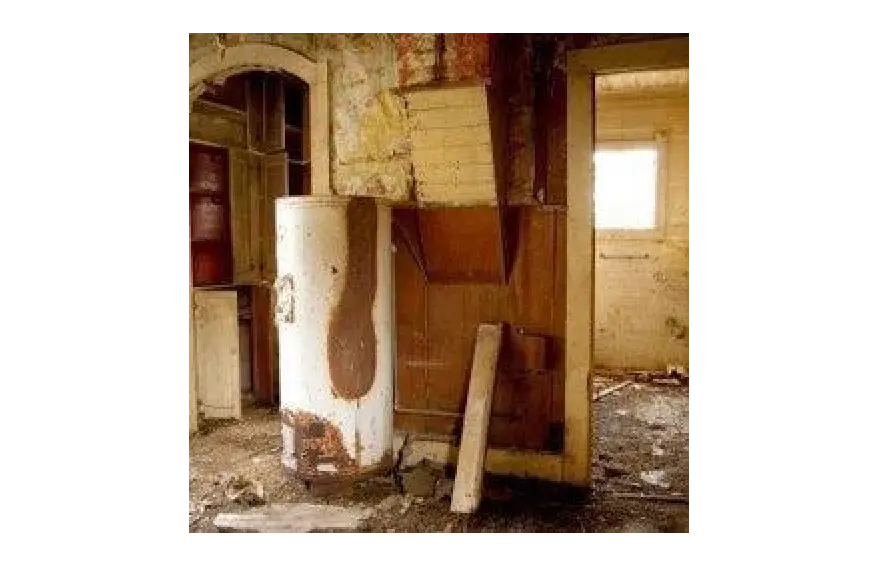Do you want your hot water heater to last 10+ years?
If so, you need to prevent the tank from rusting and forming leaks. (Once you have a leak, you might as well replace the tank.)
Do you know what causes rust and water leaks that lead to your water heater’s downfall?
Neglect.
Most homeowners just don’t know how to maintain their water heater (or even that it needs maintenance to begin with).
Here are 2 maintenance tasks you should do to keep your water heater in good working order for years to come.
1) Change the anode rod—protects against internal rust
The anode rod determines how long your water heater lives. It’s a 3-5 foot rod inside the water heater that prevents the water heater tank from rusting/corroding.
Here’s how.
Anode rods are made of aluminum, magnesium, zinc, or some combination of those metals. These metals are able to save the steel tank from rusting using a chemical reaction called electrolysis.
Electrolysis is when 2 metals touch under water, the least “noble” metal (the more reactive one) always corrodes before the more noble metal will. Aluminum, magnesium, zinc are less noble than steel, so they will corrode before steel will.
In this case, the anode rod rusts and corrodes before the water heater’s steel tank will.
But once the anode rod corrodes, your water heater’s tank is next.
How often do you replace an anode rod?
This depends on a few factors:
- How often you use hot water
- The quality of your tank’s internal lining
- Hardness of your water (Minneapolis water is very hard/full of minerals)
- Anode metal type (magnesium rods corrode quicker in hard water)
You should check the anode rod once a year and replace it every 4 to 5 years.
How do I check/replace the anode rod?
First, turn off the power to the water heater and the cold-water inlet valve at the top of the water heater.
Second, look on top of your water heater, and you’ll see a hex bolt holding the anode in place. Unscrew it and pull the rod up and out of the water heater.
If the rod has rusted through (or the space above the water heater is limited), you’ll have a hard time removing the rod and will need help from a professional plumber in Minneapolis.
2) Drain/flush the water heater tank once a year—prevents sediment buildup
Over time, rust from the anode rod and minerals from hard water settle on the bottom of your water heater as nasty sediment.
This sediment acts as a layer between your hot water and the water heater’s burner which:
- Causes your water heater to waste gas as it struggles to heat the water.
- Overheats the tank, causing it to deteriorate
- Becomes a breeding ground for Legionnaire’s Disease because the tank can’t heat the water enough to keep bacteria from surviving.
Let’s focus on the tank deterioration part.
A deteriorated water heater tank will eventually leak and possibly burst, causing costly water damage in your home. According to disastersafety.org, “Water heater failures cost an average of $4,444 per incident after the deductible was paid.”
Minnesota’s water is very hard (filled with minerals like calcium carbonate and magnesium). So sediment buildup in a water heater tank is common.
You should drain and flush your water heater at least once a year.
Contact us for water heater maintenance (coupon available!)
Has your water heater not had maintenance in over a year? Contact Minneapolis Saint Paul Plumbing, Heat, and Air, and we can drain/flush your water heater and check the anode rod for you. Currently we have coupon on this service: $49 for a water heater tune-up.

